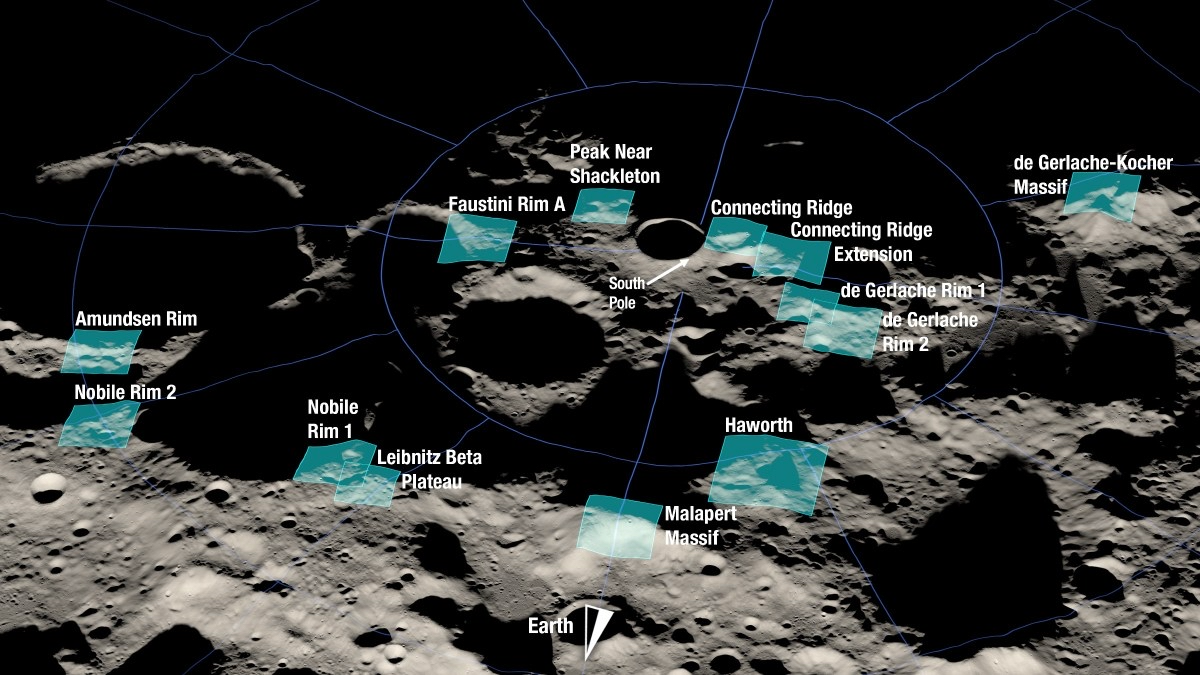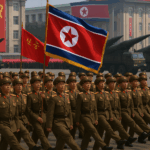In recent months, Iran has visibly escalated its space ambitions. The Islamic Republic is accelerating a multi-layered program designed to boost its geosynchronous orbital capacity and lay groundwork for crewed missions—an undertaking that Western intelligence officials describe as both visionary and strategically double-edged.
🚀 Recent Launches and Program Expansion
On December 6, 2024, Iran’s two-stage Simorgh rocket successfully placed a solid-fueled upper stage—Saman-1—along with two payloads into a 400 km orbit . The 300 kg mission marked the heaviest payload ever launched on Iran’s homegrown Simorgh platform and represented a significant leap forward.
This launch builds on previous work by the IRGC’s Qaem-100 rocket, which in 2024 delivered the Soraya satellite to a 750 km orbit—the highest altitude achieved by an Iranian SLV so far .
Wikipedia and defence analysts note a broader program, with the Iranian Supreme Space Council pushing a three-year roadmap that emphasizes advanced carrier rockets and a new spaceport near Chabahar, and envisions tests of heavier, crew-capable capsules .
⛓ Strategic Implications: Allies’ Concerns
American and Israeli intelligence officials, speaking anonymously, express deep concern not only over technical achievement but also potential military applications.
“We’re seeing a clear overlap between satellite launch vehicle tech and long-range missile capability,” said a senior U.S. intelligence officer. “This progression makes monitoring especially urgent.”
An Israeli official echoes the sentiment:
“Iran’s space spend is doubling as a missile program. Every demonstrable success in space directly refines their ICBM potential,” one analyst shared.
FVEY intelligence—drawing on data from the U.S., UK, Canada, Australia, and New Zealand—report a noticeable uptick: “High-frequency launch activity over the past six months is clearly orchestrated and mission-driven,” one FVEY source said, underscoring simultaneous underground solid-rocket engine tests and surface-level preparations at the Shahroud and Chabahar sites.
🛰 Civilian or Strategic Cover?
Iran frames these milestones as civilian accomplishments—a push to enhance communications and scientific capabilities. Indeed, Tehran is advancing a civilian satellite network, reportedly including up to 20 communications satellites named after General Qassem Soleimani . The ISA and IRGC also point to successes with the Qaem-100, Simorgh, and Saman-1, emphasizing the country’s quest for an independent presence in geosynchronous orbital regimes .
But Defence Security Asia and numerous Western observers view the space program as a “strategic cloak” for ballistic missile development .
🌍 What’s Next: Toward GEO & Crew?
-
GEO ambitions: Saman-2 through Saman-4 upper stages are reportedly designed to reach geostationary altitudes (up to ~36,000 km) .
-
New space hub: Construction is underway at a planned spaceport near Chabahar for launching larger rockets .
-
Crewed flights: Sub-orbital capsule testing has begun, and Iranian officials foresee a first crewed mission within the next 3–5 years ().
While Iran hasn’t publicly announced lunar landing plans, the leap to geosynchronous orbit and crewed capsules suggests a potential path toward lunar ambitions. Below is a classic map of known lunar landing zones—like those used in the U.S. Artemis and Apollo programs—to illustrate where future missions might aim ().
🎯 Intelligence Community Interpretation
American official:
“Each successful launch sharpens ballistic missile fidelity. They calibrate trajectories, stage separations, re-entry dynamics—these are missile-skill enablers.”
Israeli analyst:
“Simorgh and Qaem are ballooning IRGC’s strategic baseline. Civilian label aside, this cuts decades off Iran’s missile maturation timeline.”
FVEY source:
“We track tests beneath mountains, yet see missiles being integrated in civil rocket molds. They’re focusing on thrust vectoring tech and solid-fuel mastery—features typical of advanced rockets and missiles.”
🧭 The Road Ahead: Dual-Use Dilemma
-
Launch windows surge: Iran is aiming for more frequent liftoffs—possibly monthly—reflecting high confidence in SLV reliability.
-
Heavier payloads: Upcoming missions could host military satellites or larger civilian communications systems in GEO.
-
Crewed flight path: Solid-fueled rockets mean faster launch cycles, easier logistics, and quicker responsiveness—all characteristics with strong defense overlap.
-
International response: Western powers face pressure to refine export controls and counter covert dual-use tech transfers, while balancing diplomatic engagement.
🔍 Final Take
Iran’s unfolding space program is technologically impressive, geographically ambitious, and politically charged. While officially pitched as a civilian effort, Western intelligence—including American, Israeli, and Five Eyes agencies—strongly interpret the rapid development of solid-fuels, high-frequency launches, and upper-stage advances as strategic steps toward an autonomous missile—and possibly crewed—capability. The journey to geosynchronous orbit may soon open pathways to lunar missions. Whether Tehran publicly embraces that horizon or keeps it veiled behind Earthbound rhetoric, the space race between Iran and the West has entered an accelerated—and ambiguous—new chapter.






